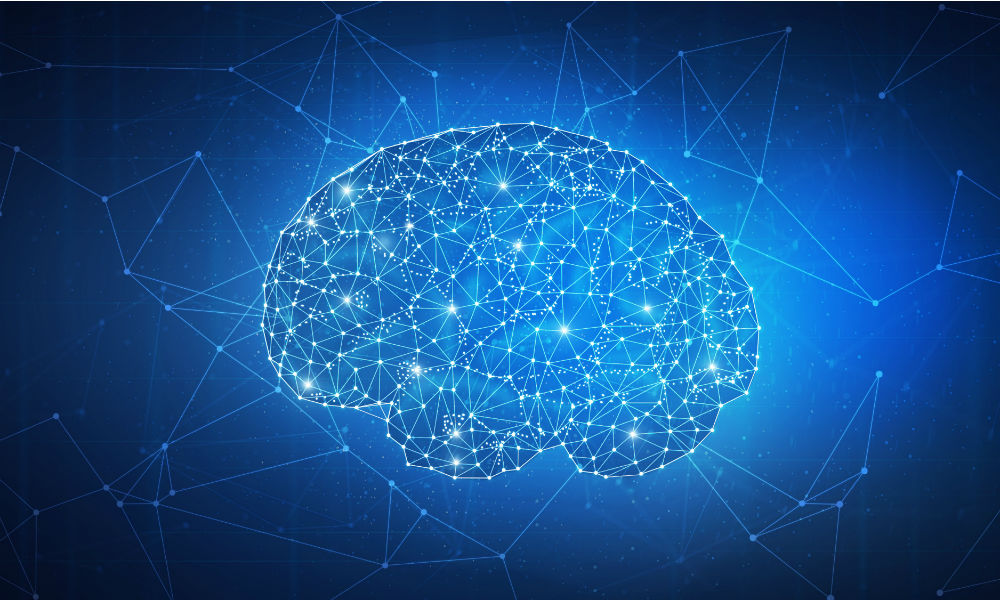
Business competition pressures manufacturers to produce faster, reduce expenses, and increase efficiencies. But all these requirements run into the quality control issue sooner or later — with the price as high as 15-20% of sales revenue. At the same time, the defect rate can reach 50%, making these challenges impossible to address without process automation.
The good news is that tech firms around the world are building AI-powered tools that enable defect inspection accuracy and productivity beyond human ability. While each computer vision company may have a different focus, the promise of AI-driven quality control (QC) is clear: utilizing image and object recognition will place you ahead of the pack.
Eliminating human mistakes
Adopting an industry-specific type of computer vision — so-called machine vision — helps factories improve quality control while removing imperfections of human perception from the equation.
Put simply, machine vision is a combination of a digital camera on the hardware end and processing ‘brain’ software on the other. Coupled with deep learning tech, a vision system can "learn" nuances like product dimensions, bolt holes and their locations, and shapes. To train a system to distinguish between acceptable and unacceptable quality, you feed it with numerous images that capture various defect types.
Humans are able to spot visual defects as well. But these tasks — for instance, checking bottle filling at Heineken — are highly repetitive. Unlike a human eye, automated optical inspection (AOI) never loses its acuity and is immune to concentration lapses. By detecting errors early on in the production process, you will avoid manual production bottlenecks at every stage.
Reducing the cost of quality control operations
Equipping quality control lines with human workers across your facilities is costly and has limitations, since inspection officers need decent wages and steady hours to perform their job.
On the other hand, computer vision-enabled quality control systems provide consistent results 24/7 without the need to take a break. The error detection rate is higher with machines, while manual operators have processing and physical limitations, making them prone to missing a defect or incorrectly identifying one.
Namely, enhancing your lines with computer vision-fueled software is getting two for one. Besides recognizing known flaws, AI can discover never-before-seen and unpredictable defects — based on previous input.
Accelerating quality control workflows
Since AOI-based solutions are unbiased and evaluate pieces based on a preprogrammed algorithm, there’s no need for time-consuming double checks. Moreover, you can tune this system to a specific level of sensitivity to skip some ‘cosmetic’ or non-critical defects without declining this piece or the whole batch. This will also allow you to cut the time between production steps.
Implementing AI-driven machine vision has one more benefit — such tools are mostly indifferent to hazardous industrial environments. Chemicals and high noise levels are not dangerous for software and hardware, and they can function without constant supervision when human involvement is risky.
Finally, inspection software will be able to collect statistics on quality control, allowing you to see the full picture and correctly gauge inspection performance. You will understand the most common types of defects, and get precise false-positive and false-negative rates for future improvements.
Identifying non-obvious defects
For the industries where defects can become fatal like aerospace, automotive, or medical, computer vision-based inspections go beyond the visible part of the spectrum and function in the ultraviolet, x-ray, and infrared. To meet government requirements and safety regulations on short notice, a much higher optical resolution than a human eye is needed.
Although humans still excel machines in differentiating between anomalies, deep learning tech raises the bar. To wit, a DL-fueled solution will recognize surface defects — such as crazing, patches, inclusion, cracks, and scratches to name a few — that manual workers would have a hard time inspecting.
Backed by machine learning analytics, such a system adapts to new visual datasets and scenarios in a matter of days. By investing enough effort into your deep learning model, you will be able to achieve unexpected outcomes like the discovery of new types of defects you ignored earlier and up to 66% reduction in inspection costs.
Closing the quality gap
No matter the industry sector, AOI has the potential to reduce risks and costs associated with every stage of production. And investing in computer vision-enabled quality control assets now means streamlining problem-solving down the road.
Author:

Oksana Mikhalchuk is a Technology Writer at Oxagile, a New York-based provider of next-gen software engineering solutions around IoT, AI, computer vision, biometrics, and more. Oksana creates content about state-of-art tech opportunities in healthcare, education, entertainment, and manufacturing.